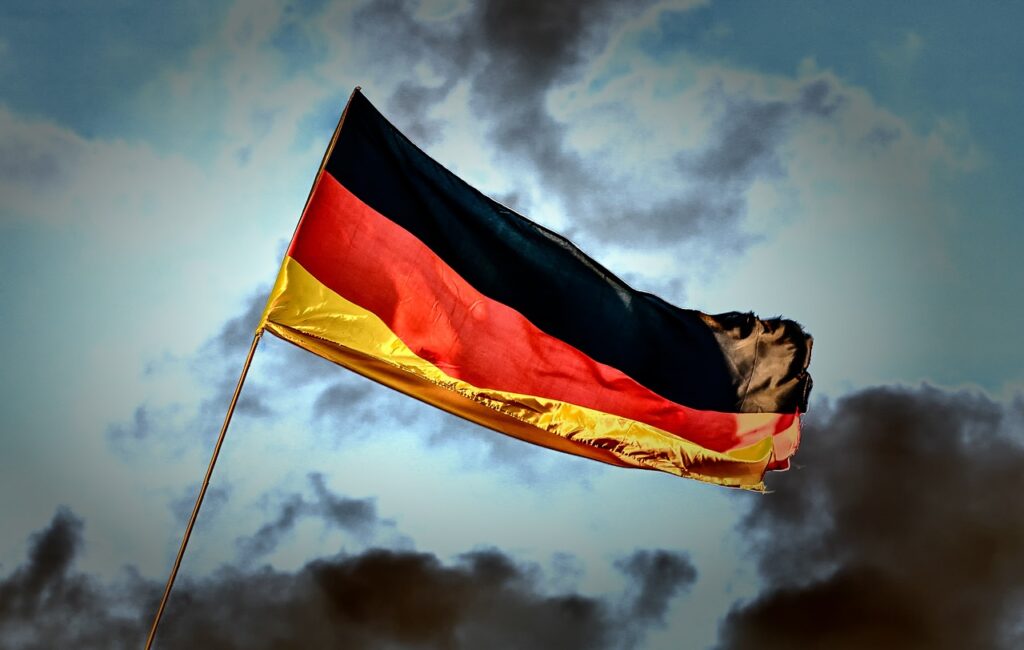Germany has launched its second €2.5 billion H2Global auction, aimed at securing long-term imports of green hydrogen and its derivatives—ammonia and methanol—from outside the EU.
This latest funding round, managed by the government-backed agency Hintco, is more than just another procurement exercise; it’s a critical test of whether global hydrogen trade can scale fast enough to decarbonize Europe’s industrial backbone.
Each of five world regions—Africa, Asia, the Americas, and Oceania—has been allocated at least €484 million under the program. The initiative aligns with Germany’s broader strategy to diversify its clean energy imports while helping establish an international price signal for renewable hydrogen commodities.
Double Auction Model
The H2Global mechanism is structured around a double auction model designed to overcome the current mismatch between producer costs and buyer willingness to pay. Hintco acts as an intermediary, purchasing hydrogen-derived products at the lowest available global prices and reselling them within Europe to the highest bidders. The German government covers the resulting price gap through public subsidies.
The model is intended to reduce investment risk for global producers while catalyzing demand among European industrial buyers. The Netherlands has joined the effort for one of the supply lots, reinforcing cross-border collaboration within the EU hydrogen market.
But participation comes with non-trivial requirements. Bidders must comply with the EU’s Renewable Fuels of Non-Biological Origin (RFNBO) criteria—regulations that demand full additionality, temporal matching of renewable electricity with electrolyser output, and geographic correlation. Only projects with operational electrolysers of at least 5 MW capacity are eligible. The application window closes on 12 September 2025.
The move comes at a time when green hydrogen remains a high-cost fuel with few committed offtakers in the EU. Germany’s goal is to use public procurement to bridge that initial gap, especially for hard-to-abate sectors such as steel, chemicals, and shipping. Underpinning this effort is a recognition that domestic production alone cannot meet Germany’s hydrogen needs, which are expected to exceed 90 TWh by 2030, according to the country’s National Hydrogen Strategy.
Hintco’s previous auction, launched in 2023, saw strong interest from global suppliers, but industry analysts noted uncertainty around how competitive bidding would translate into long-term project viability. The second auction raises the stakes with a larger budget and expanded regional scope, seeking to stimulate a more robust global supply chain.
Beyond immediate procurement, H2Global is also designed to seed price discovery in an immature market. Currently, there is no globally accepted benchmark for renewable hydrogen or its derivatives. This auction format provides a rare glimpse into both the cost structure of green hydrogen in various geographies and the willingness to pay within the European industrial ecosystem.
Germany’s approach reflects a broader trend among developed economies attempting to accelerate hydrogen adoption through subsidy-backed trade. The U.S. is pursuing a similar route with its hydrogen production tax credit under the Inflation Reduction Act, while the EU’s Hydrogen Bank also uses competitive bidding to support early market development.
Enabling Infrastructure and Investment Signals
For global suppliers, winning a Hintco contract signals bankability. With public subsidy backing and fixed 10-year offtake agreements, the model could unlock investment decisions in regions with abundant renewable resources but limited access to project finance. This is particularly relevant in North Africa, Latin America, and parts of Asia where low-cost green hydrogen production is technically viable but commercially risky.
Still, challenges remain. Most export regions lack dedicated port infrastructure for hydrogen carriers, and many regulatory and certification systems are still evolving. The RFNBO criteria, while critical for EU market access, may deter some suppliers due to the cost and complexity of compliance.
Stay updated on the latest in energy! Follow us on LinkedIn, Facebook, and X for real-time news and insights. Don’t miss out on exclusive interviews and webinars—subscribe to our YouTube channel today! Join our community and be part of the conversation shaping the future of energy.





